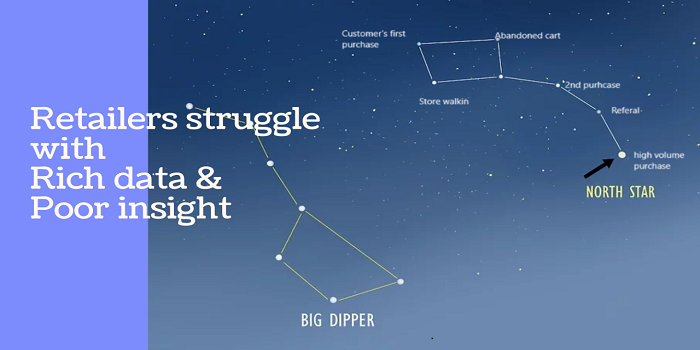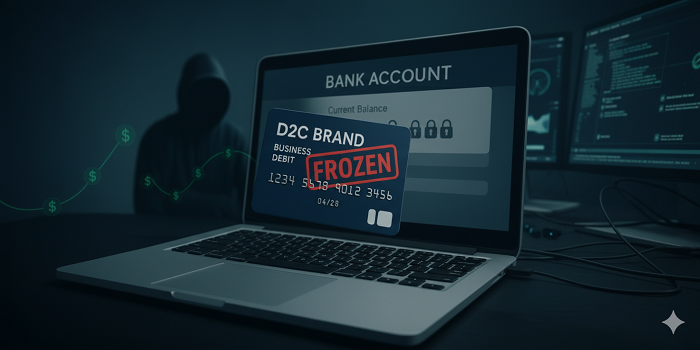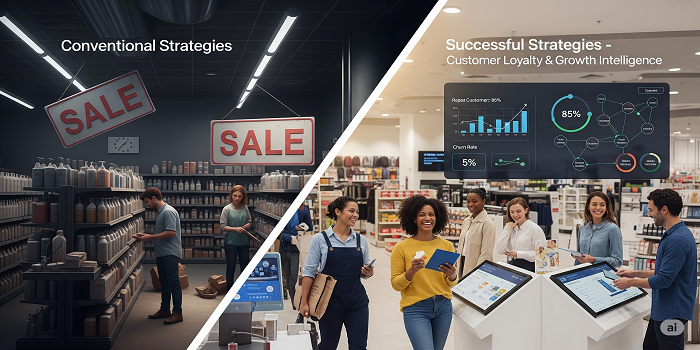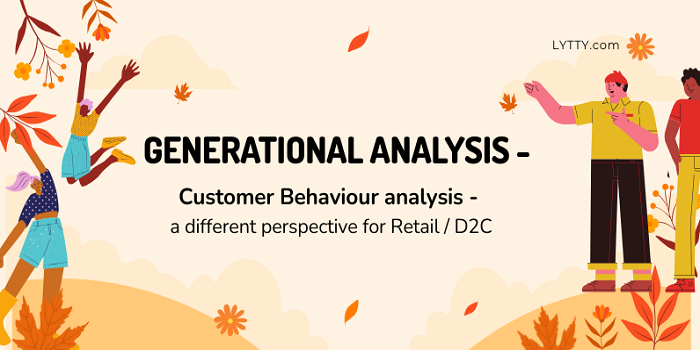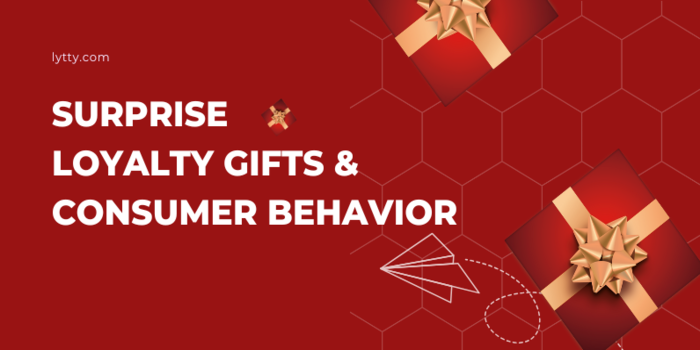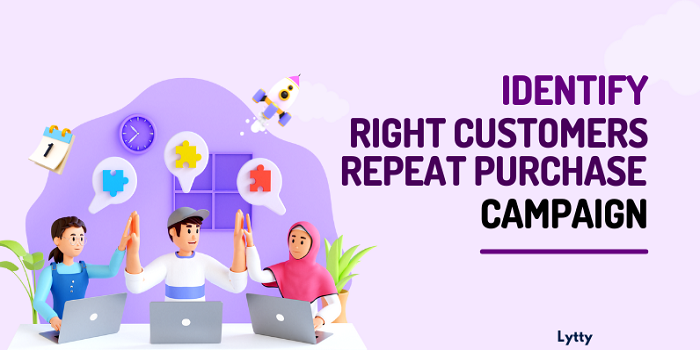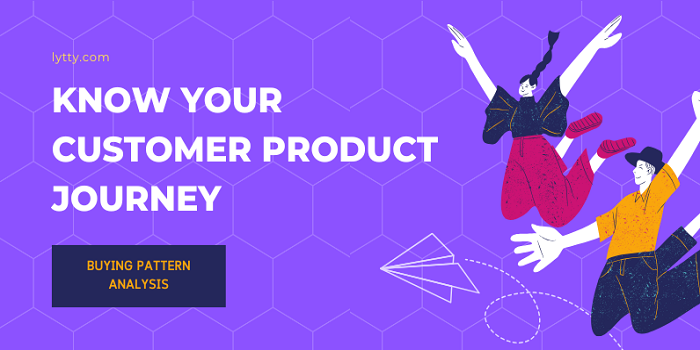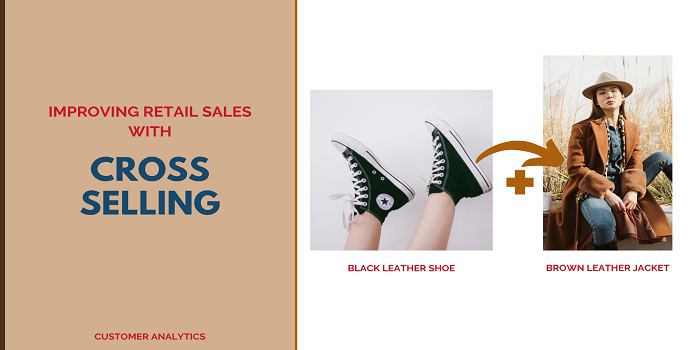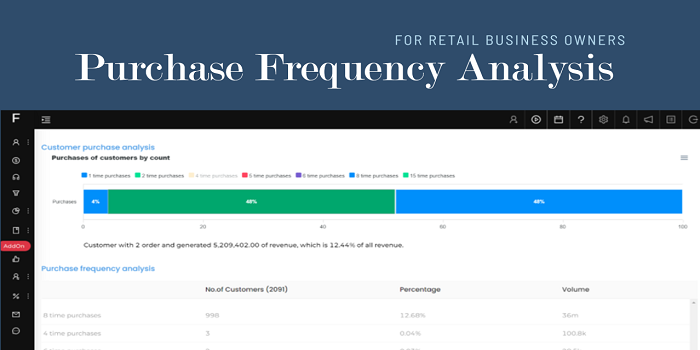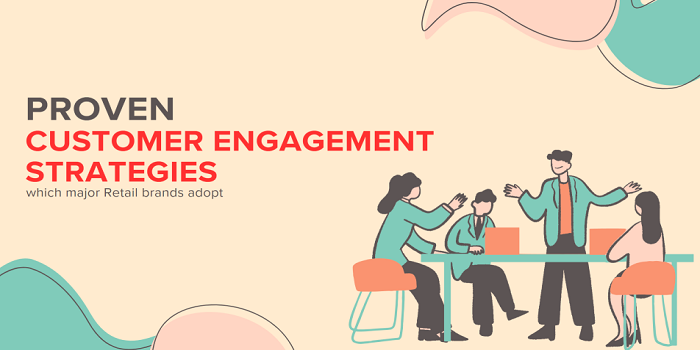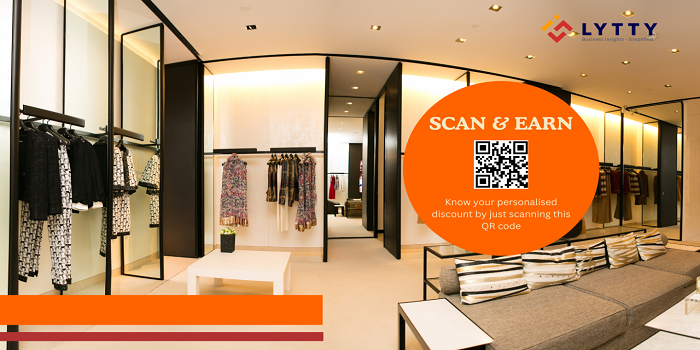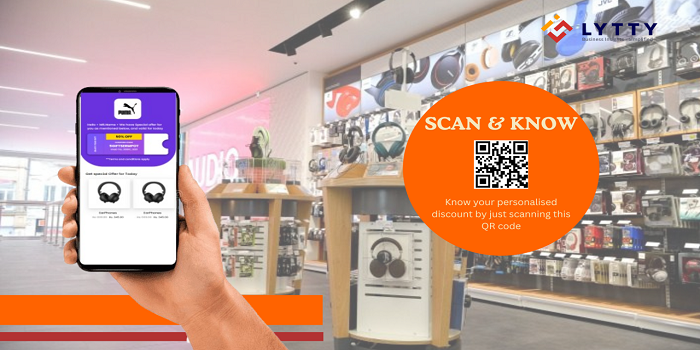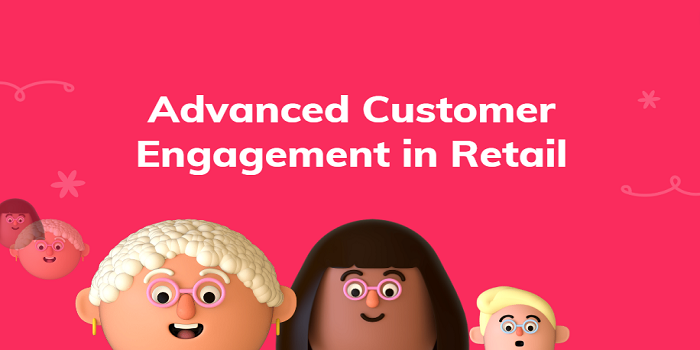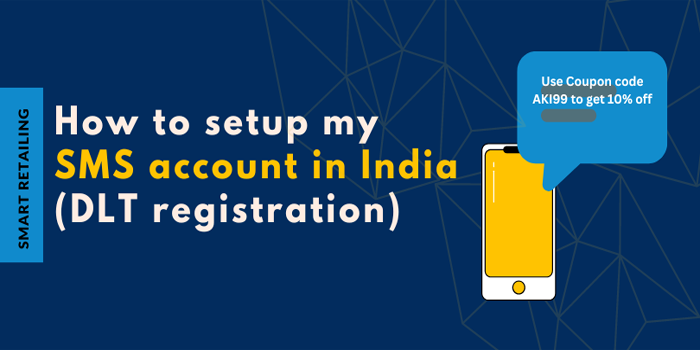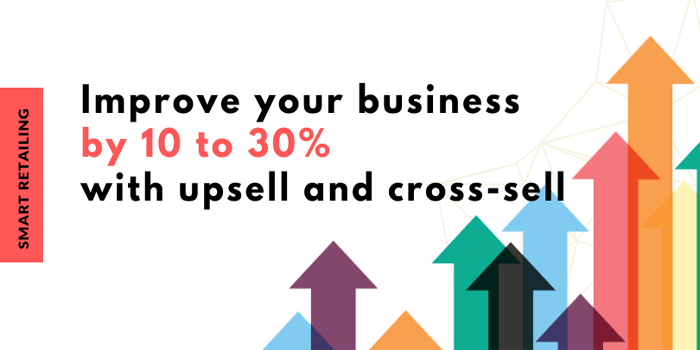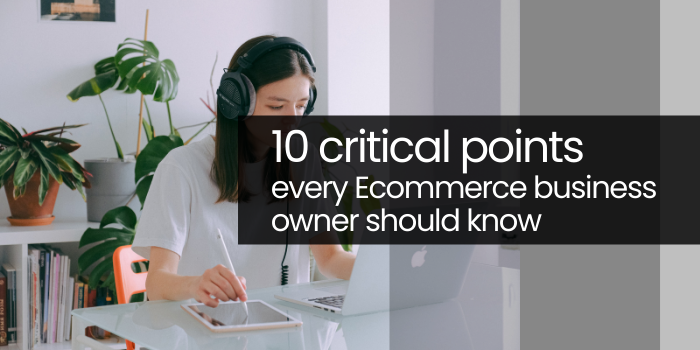“I don’t know who my real customers are.”
“I have data, but no idea how to use it.”
If these thoughts have ever crossed your mind, you're not alone. In fact, you're part of a silent majority in retail — surrounded by data, yet starved for direction.
In today’s digital-first retail world, customer data flows in from everywhere — POS systems, online stores, loyalty programs, WhatsApp chats, feedback forms, Instagram DMs, and more. You may even have dashboards and reports at your fingertips.
But here’s the real question: Do you truly know who your customer is — what they want, when they buy, and why they churn?
Why Retailers Are Lost Despite Having So Much Data
For most business owners, the struggle isn’t about collecting customer data. It’s about making sense of it. Let’s break down why this confusion exists:
1. Tools That Show Numbers, Not Stories
Many tools dump raw data into charts. But they don’t connect the dots. There’s no narrative — just noise. Business owners are left staring at metrics with no actionable path forward.
2. Lack of Behavioral Segmentation
Not all customers are the same. A first-time buyer behaves differently from a loyalist. Yet, many retailers still blast the same offer to all, hoping something sticks. The result? Wasted spend, disengaged customers.
3. No Real-Time Understanding of Customer Journeys
Most retail systems operate in silos. There’s no unified view of a customer’s journey — from discovery to repeat purchase to referral. This leads to missed opportunities at every stage.
How to Shift from Confusion to Clarity
Here’s the good news — you don’t need to be a data scientist to understand your customers better. What you need is intelligent segmentation and actionable insights — all in one place.
Here are steps to help you shift from data-rich to insight-rich:
Segment Your Customers by Behavior
Go beyond demographics. Group customers by:
- Frequency of purchases
- Average order value
- Time since last purchase
- Product category preference
- Engagement with marketing
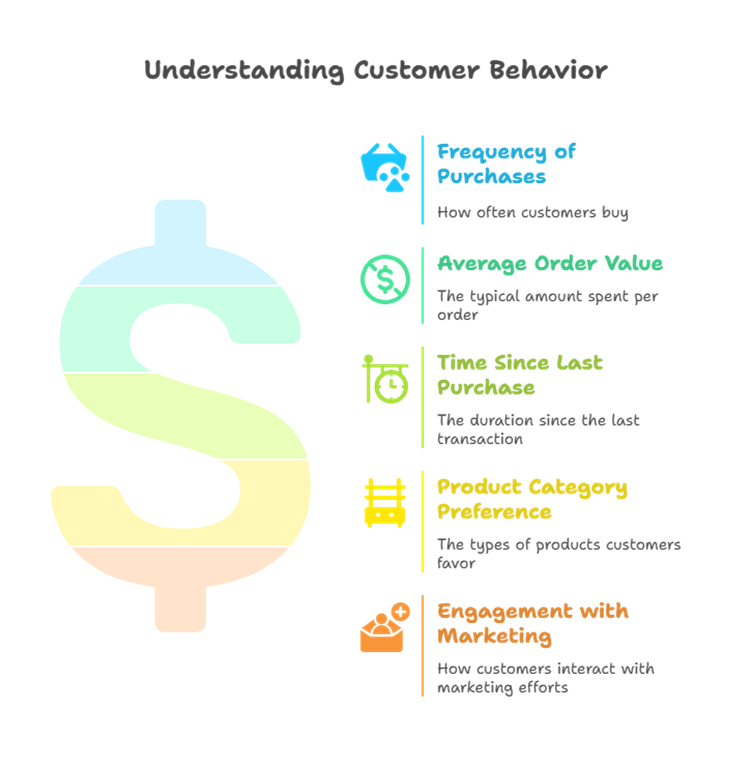
Once you do this, your messaging becomes razor-sharp.
Track the Right Metrics — Not Just All Metrics
Focus on impact metrics : Repeat Purchase Rate, Customer Lifetime Value, and Product Affinity. Ignore vanity metrics that don’t drive decisions.
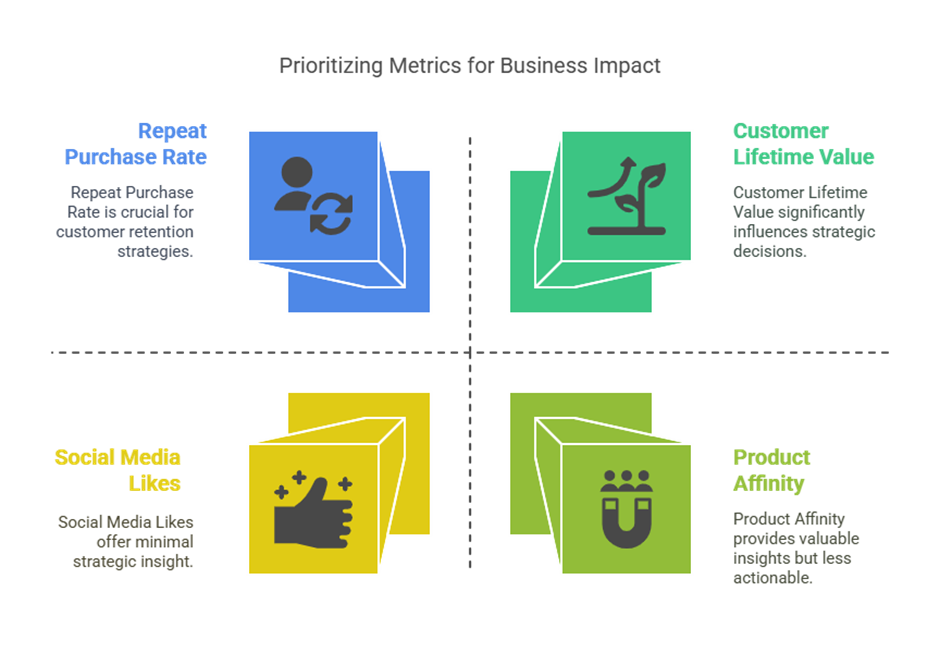
Automate Personalized Engagement
Trigger actions based on behavior. Example:
- Send a WhatsApp nudge 30 days after someone’s last purchase.
- Offer a surprise reward when a customer hits 5 orders.
- Invite your top 5% buyers to an exclusive club.
Real-World Example: How Retailers Are Solving It
A regional footwear brand was sitting on 1,50,000+ customer records. They didn’t know who to engage or how. After implementing intelligent segmentation and automated workflows:
- Repeat purchases went up by 22% in 60 days.
- High-value customers contributed 35% more to revenue.
- Dormant buyers were re-activated with targeted offers.
A beauty brand discovered that 70% of its most profitable customers were only being marketed to after they churned. By analyzing purchase patterns, they created pre-churn alerts and reduced drop-off by 30%.
Ready to Stop Guessing?
Retail is no longer about who shouts the loudest. It’s about who understands their customer best. If you’re sitting on data but unsure what to do next, that’s not your fault.
Stay focused on your customer behavior and make them happy :-)
If you're interested to know how you can get deep customer insight with your existing data and make it work for you, Do get in touch with our sales & Consulting Team at LYTTY at sales@lytty.com :-)


